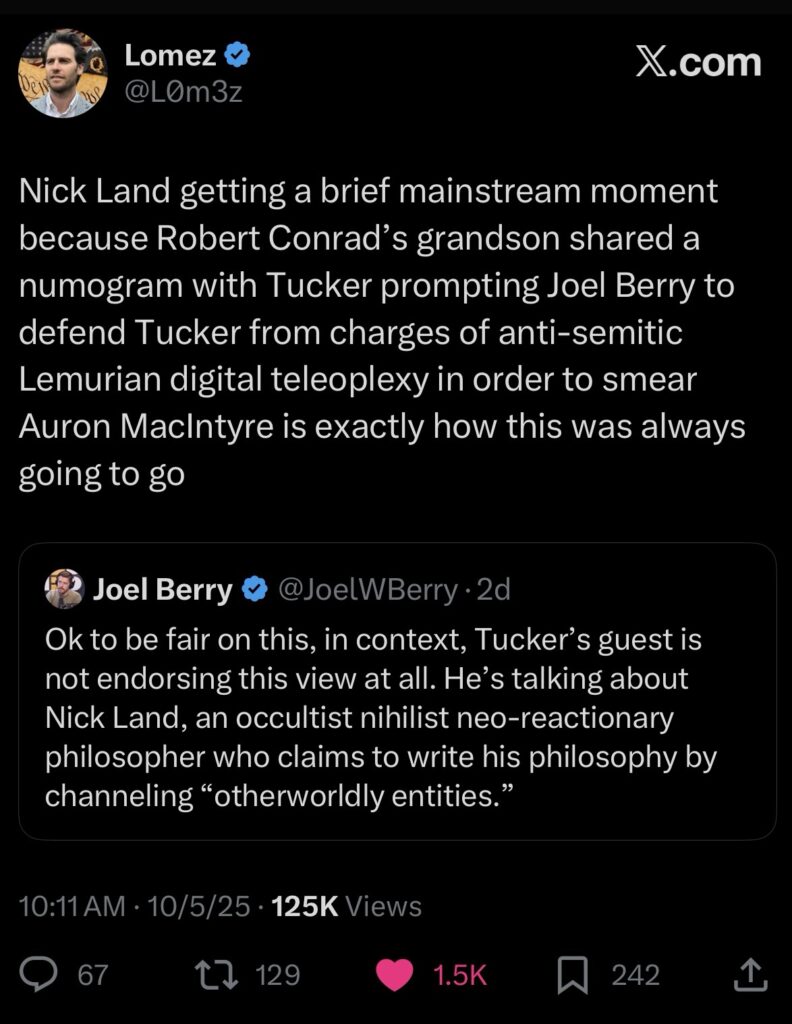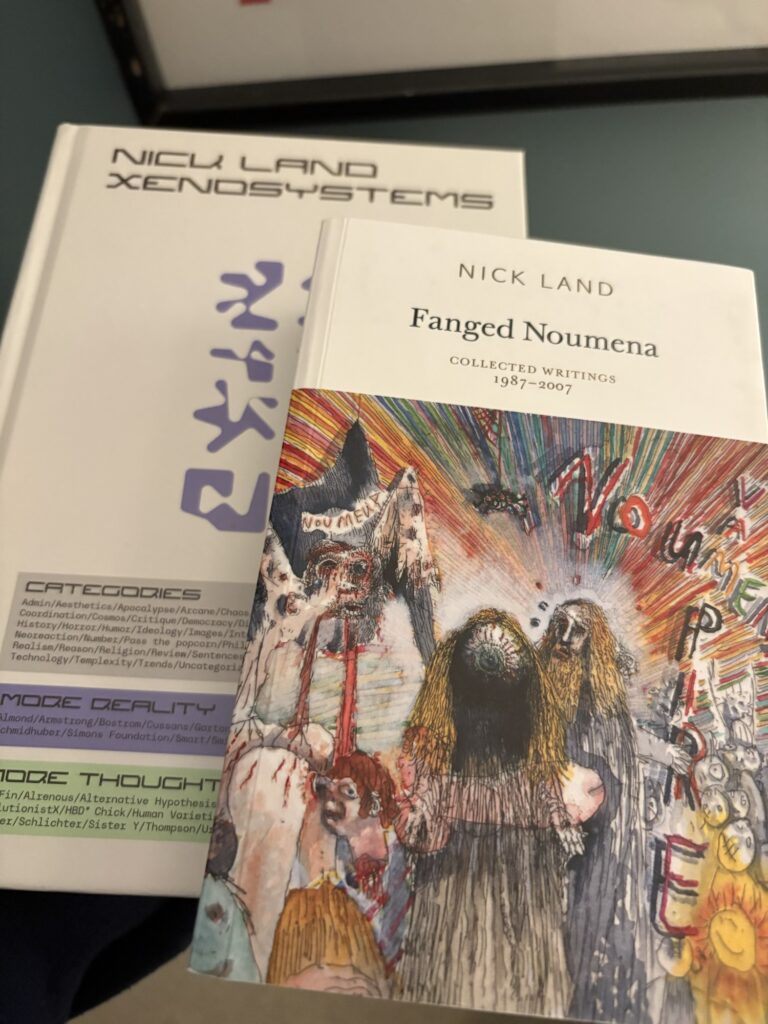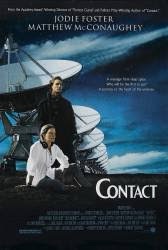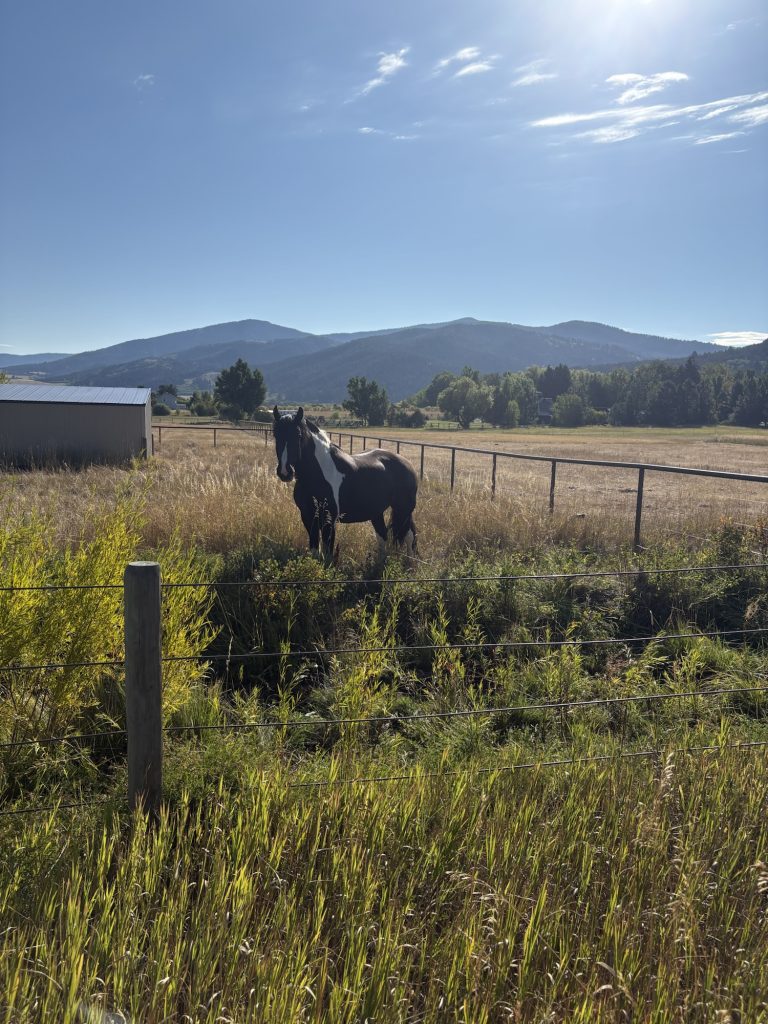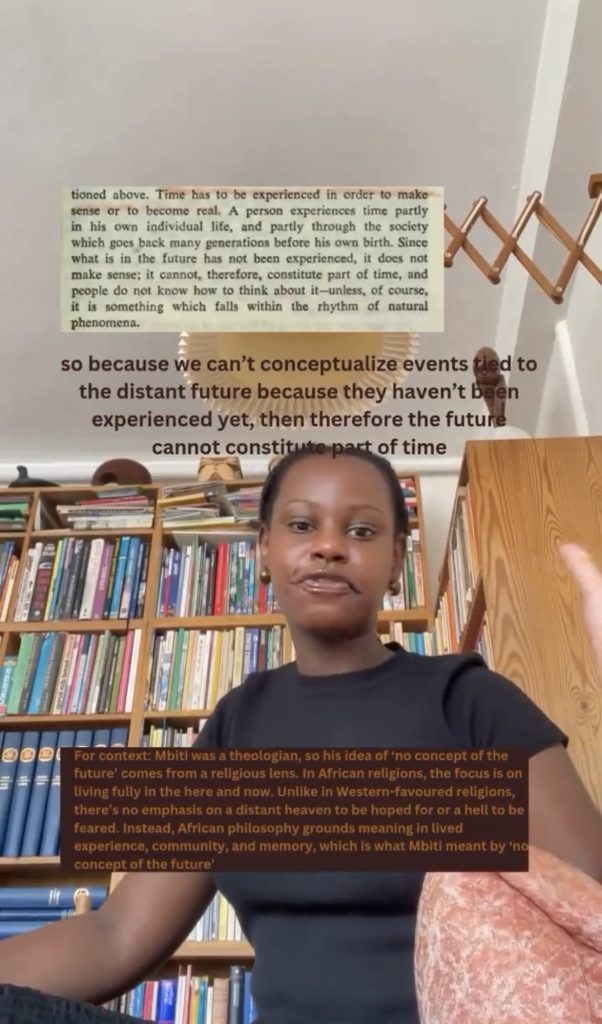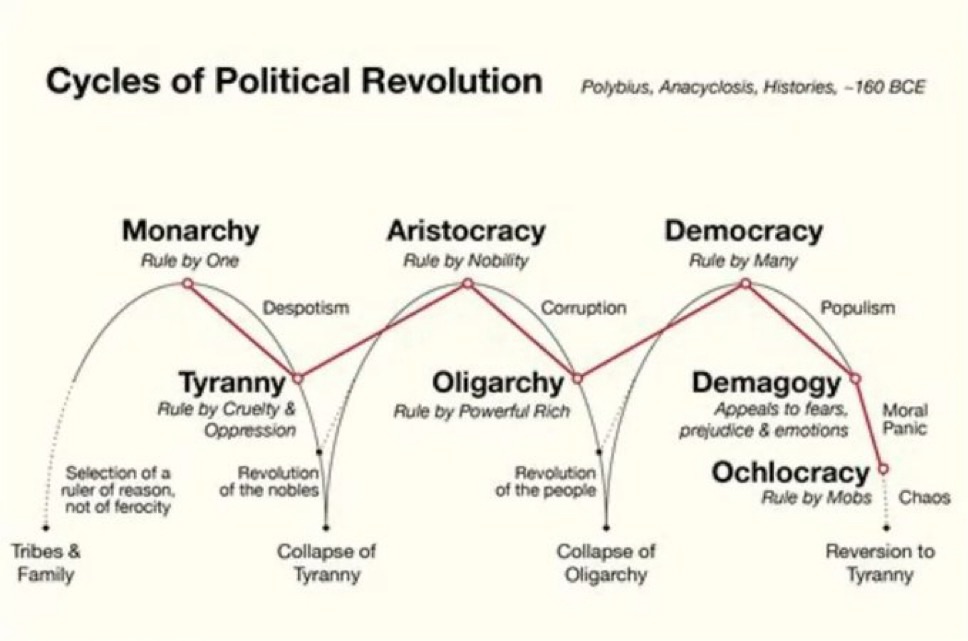I’m not new to the boom and bust cycles that have defined not only technology startups, but American herself. Most millennials have opinions about their malign status in an economy designed to borrow from the future for a dubious present.
Much of the world is in a state of panic over “the churn” of the old rules changing and the new ones not being quite clear. But it’s really not clear what happens next.
I think anything goes as the networks speed up our connections to each other through artificial intelligence. The end of the age of scaling means it’s time for the era of deployment is it not? Or are none of us Carlotta Perez fans.
I enjoy speculating as is the fashion. Do I think corporate debt financing of data centers is some time bomb in private credit? Not really, no. I think it’s way more likely that don’t understand the full demand case for coordination in a mediated world.
I don’t know if we can meet the demand to be perfectly honest. I will say I am way more worried about us not meeting the moment. Changes to our cultural environment are as hard as our material ones.
If I had to read sentiment, I’d say that everyone is absolutely sick of having their attention used like a fiat currency. We cannot inflate our capacity for focus as easily as we can inflate the dollar. And we will demand simplicity by any means necessary just to exist. And artificial intelligence will smooth our world to manage with what we’ve got.
I think running a decentralized world will prove to be far too complex for most humans and it will be mitigated by layers of choices in governance that will probably not always maximize for the freedoms we’v come to expect from the liberal world order.
And yeah I think we will need a lot of data centers for that coordination effort. That the state might be the ones with the most demand seems a little rich though. Every individual on earth will want to be on the right side of the ratings. That’s more network state than state and it will be a longtime horizon.
I know it doesn’t sound great on its face. And yet I think it has had upsides. The demand for real businesses that operate in some world of efficiency has never been higher.
And to some extent, I believe that was always the entire point of computing. Make things so much better and cheaper we move on to bigger projects.
Giving you video games and porn might have been a weird way to get to Mars but medicine is as driven by vanity as much as survival so I don’t judge reality. I just want us to get more nuclear power. I don’t ask for much.
We didn’t want a legion of information processing professionals. We wanted to change the material conditions just as the Industrial Revolution did. The invisible hand is a strange thing.
I expect we will see quite a bit of opposition to the people believe that we need more energy, more industry, and more science. The future and its enemies are legions. I always did find it funny that fashion critics had a better read on the future than anyone else. Virginia Postrel and William Gibson both have good taste.
